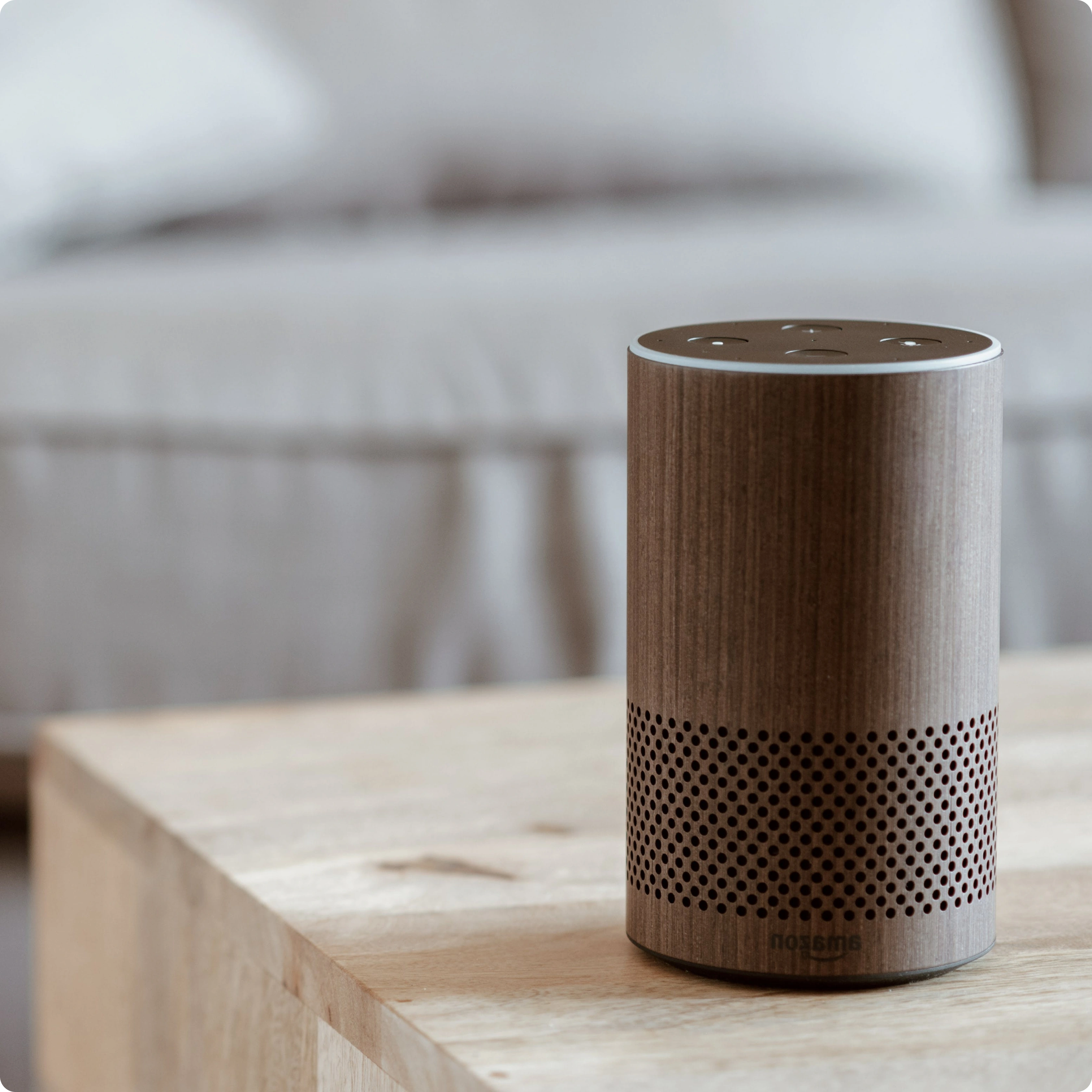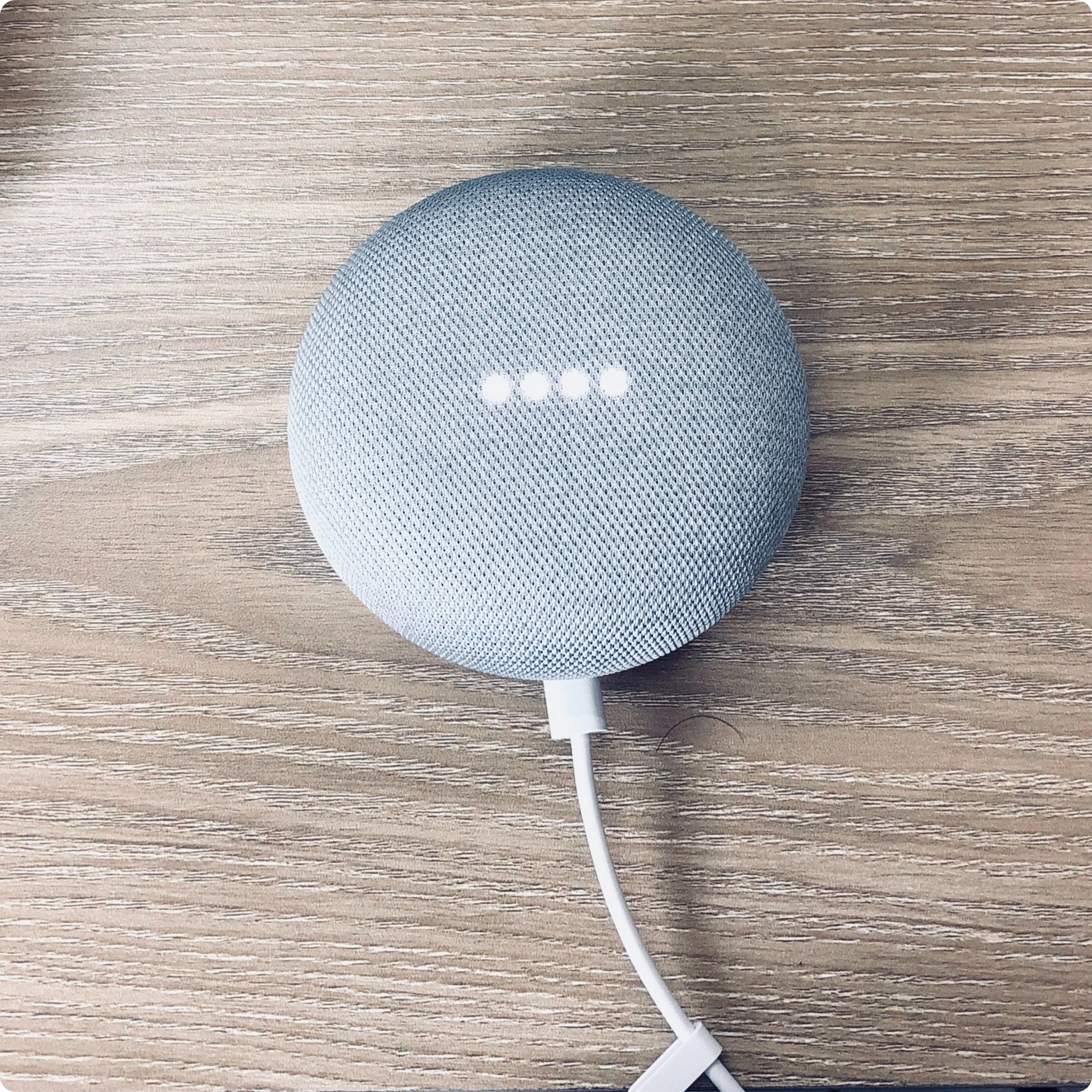V-Commerce— The next big thing?
By now, you have heard of Mobile Commerce. It’s very much like it sounds: online shopping via a mobile phone. It enables one to browse the Internet from the convenience of a handheld device and hop from webshop to webshop in search of deals, necessities, or just a retail therapy fix. But have you heard of Voice Commerce (V-Commerce for those “in the know”)?
Voice Commerce is a growing ecommerce trend based on artificial intelligence, and it is certainly getting louder. It is the new way of online shopping by using Voice Assistants (also known as “Virtual Assistants”) like Amazon’s Alexa or Apple’s Siri that already use voice search to retrieve information from the Internet or drive the Internet of Things (IoT) by remotely controlling household appliances (vacuum robots) and home-related services (security systems).
Infact, Virtual Assistants operating on voice search are increasingly popular. According to Statista, forecasts suggest that by 2024, the number of digital voice assistants will reach 8.4 billion units – a number higher than the world’s population. And consumers’ usage of Virtual Assistants is high, according to Microsoft’s and Bing’s 2019 Voice Report on customer adoption of voice technology and digital assistants: 72% of consumers say they’ve used voice search using digital assistants like Apple’s Siri, Amazon’s Alexa, and Microsoft’s Cortana.

Hey, Siri- What’s Voice Activated Shopping?
Virtual Assistants are popular, yes. But using them to achieve voice-commanded online shopping? That’s what is next, according to current market behavior and expert opinion. Voice Commerce is when consumers speak commands to the Virtual Assistants (Siri, Alexa, Google, Cortana, Bixby) that are integrated into their mobile phones, tablets, or smart speakers so that they can search for and purchase products without looking at or ever touching a screen. Also known as Voice Activated Shopping (or Conversational Commerce), Voice Commerce has started to become popular as a hands-free, convenient, and time-saving shopping experiencing that appeals to busy consumers. According to Statista, in 2021, over 45 million consumers in the US used voice technology during their online shopping experience, bumping the global value of voice commerce transactions to almost $5 billion dollars.
A vocal shopping trip
As an online shopper, Voice Commerce helps you to discover products, investigate pricing, and basically buy (and reorder) stuff—without having to manually type in requests using search engines. Branchbob’s overview states that: “Voice assistants are reshaping consumer behavior in the e-commerce realm. The ease of voice commands allows users to bypass the traditional process of typing, scrolling, and clicking, making the shopping journey more streamlined and efficient. Consumers can simply ask their Voice Assistant to find a specific product, compare prices, or recommend a gift idea. The conversational nature of voice commerce creates a more personalized and interactive experience, mimicking a natural conversation with a sales assistant.”
Starting with the opening greeting (depending on the particular Voice Assistant Apple: “Hey, Siri” / Google: “OK, Google” /Amazon: “Hey, Alexa” / Microsoft: “Hey, Cortana” /Samsung: “Hi, Bixby”), a voice command for online shopping can look like this:
- “search for [product] on [website]/in [app]”
- “re-order [product] from [website]/[app]”
- “show me the new [product] from [brand]”
- “what’s the price of [product]”
- “show me the price of [product] in different stores”
For example, you can state: “Hi Siri, order women’s leather boots size 40 on Zalando”. Then the Voice Assistant will ask you to pick one of the search results, what style and color you prefer, and then it will ask you to confirm. That’s basically it. It’s a very streamlined process.

3 Ways Voice Commerce Helps the Shopper
Voice Commerce is perhaps the lazy person’s shopping assistant. With a voice command, consumers find their intended products without having to scroll through information or type queries into a search engine. After the first or even a few voice-assisted online orders, the benefits to the shopper increase:
1- Replenish supplies: Once you’ve purchased your product for the first time, all that’s needed to reorder are voice commands. For example, with the command, “Alexa, reorder contacts”, the reply might resemble “Okay – it will be $125 for a two-month supply of contact lenses. Confirm purchase?” Then, without any typing, searching, or stopping, one simply states “Yes”, and the order is submitted.
2- Find recommendations: If you already use Voice Assistants to research and buy products (or simply shop online via mobile devices), a history of your searches and your purchasing behavior is accessible by voice technology. Artificial intelligence is continuously learning so Virtual Assistants can begin to understand their “owner’s” preferences like dietary restrictions, past purchases, favorite colors, and more. Then, they can make relevant product recommendations during a voice search.
3- Track orders and get notifications: The tracking link is important to locate your order when shopping online. With Voice Commerce, keeping on top of your order’s status is easy. Voice-based delivery notifications and tracking abilities can serve an improved customer experience by making the information nearly automatic, such as: “Alexa, where’s my order?” “Your order is en route and expected to arrive by 5pm.”

Limitations and Hesitations?
Though increasing in popularity, Voice Commerce’s applications are still somewhat limited. One, for example, can order or re-order a specific item from a specific online shop but cannot (yet) browse through a webshop or hop from one webshop to another to search through inventories. (Similar to ChatGPT, one needs to input many parameters to find something specific. See our articles here and here.) If you need to search through products or buy several things, you’ll still need to look at the screen and scroll manually. However, if you know the product you want and know which store stocks it— or if you just want to re-order a previously ordered item, then Voice Commerce is the perfect solution.
Furthermore, though Voice Commerce can be a convenient, fast, and easy-to-use shopping method for consumers, there are some concerns around the overall reliability and safety of purchasing products with voice commands. More than half of consumers said they would rather use Voice Commerce technology for goods and services that aren’t of high value, and almost two-thirds like to see a greater choice of verification methods when securing online payments. Moreover, because it is inherently “easy,” Voice Commerce can be considered a less secure method of payment. Afterall, passwords or verification methods aren’t regularly used with a smart speaker, making the possibility of fraud higher.
Overall, despite any concerns and hesitations, it is especially well-suited to helping consumers shopping in the categories of beauty, apparel, packaged goods, consumer electronics, and home improvement because of the vast products available, according to Bazaar Voice.
For a look into how merchants can get Voice Commerce-ready, stay tuned for part 2 of our series on this new online shopping trend that’s already enhancing ecommerce.

Samara H. Johansson
Content Manager, Nets E-Commerce
With 15+ years of experience in strategic marketing and communications roles, for Nets I focus on presenting e-commerce market insights in a way that is easy to understand and practical.
- Topics



